Zhou's Group - 周 迪
Welcome to ZHOU's Group!
The ZHOU‘s group focuses on the functional dielectric ceramics including microwave dielectric, Low Temperature Co-fired Ceramic, Multilayer Ceramic Capacitor, Energy Storage, Microwave Absorption and Functional Composite Material. Welcome to join us!
Research Interests
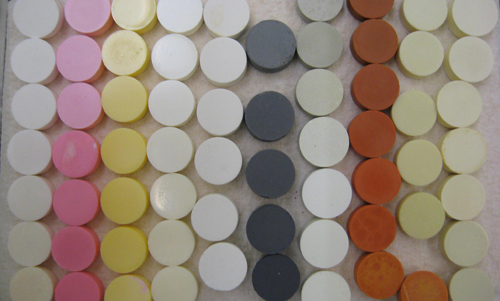
High quality factor microwave dielectric ceramics are widely used in dielectric resonators and filters, etc. In order to meet the development of microwave devices of high integration, miniaturization, high reliability, microwave dielectric needs to have high dielectric constant, low dielectric loss and near-zero temperature coefficient. By solid solution and composite ceramic technology, our research group developed serialized microwave dielectric ceramics with independent intellectual properties, such as K18~K23, K25~K27 high-quality factor (Qf>85,000GHz), K34~K46 high-quality factor (Qf>45,000GHz), K65 high-quality factor (Qf>15,500GHz) and K75~K86 high-quality factor (Qf>9,000GHz).

Low Temperature Co-fired Ceramic Technology (LTCC) is a remarkable multidisciplinary cross-integration technology in recent years, and has become a preferred way for the integration and modularization of future electronic components due to its excellent electronic, thermodynamic and other characteristics. By adding sintering additives, our research group reduced the sintering temperature of microwave dielectric ceramics in the form of liquid phase sintering. We also developed a series of K5~K65 type microwave dielectric ceramics sintered at 900°C. Furthermore, based on the low-eutectic point single-phase compound, our method could reach a new ultra-low temperature sintering (sintering temperature < 660 °C) without adding any sintering additives. A series of microwave medium ceramics covering low K (>20), medium K (20 to 40) and high K (<40) series by ultra-low temperature sintering (sintering temperature 660 °C) methos was successfully synthesized.
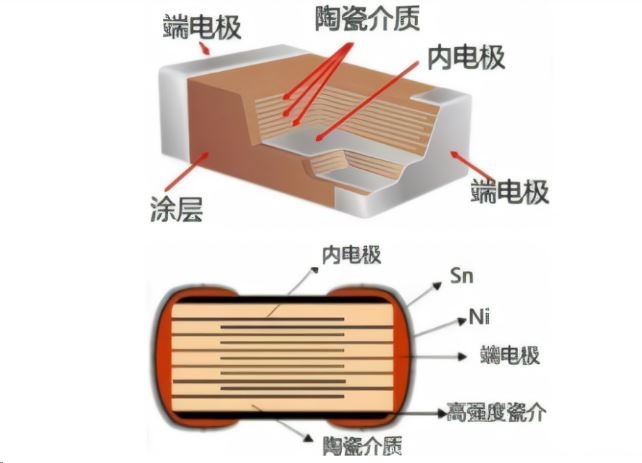
Multilayer Ceramic Capacitors (MLCCs) are made up of a horizontal stack of ceramic dielectric layers and metal electrodes interacting with each other. Due to their high capacitance and small size, MLCC devices are one of the most important forms of application for ceramic capacitors and one of the most widely used passive electronic components in electronics industry. Our research group prepared a prototype device of high-power pulse capacitor using lead-free relaxation iron electropowder such as BaTiO3 base and (Na0.5Bi0.5) TiO3 base, which has the characteristics of high capacitance value, high breakdown field strength and high power density.
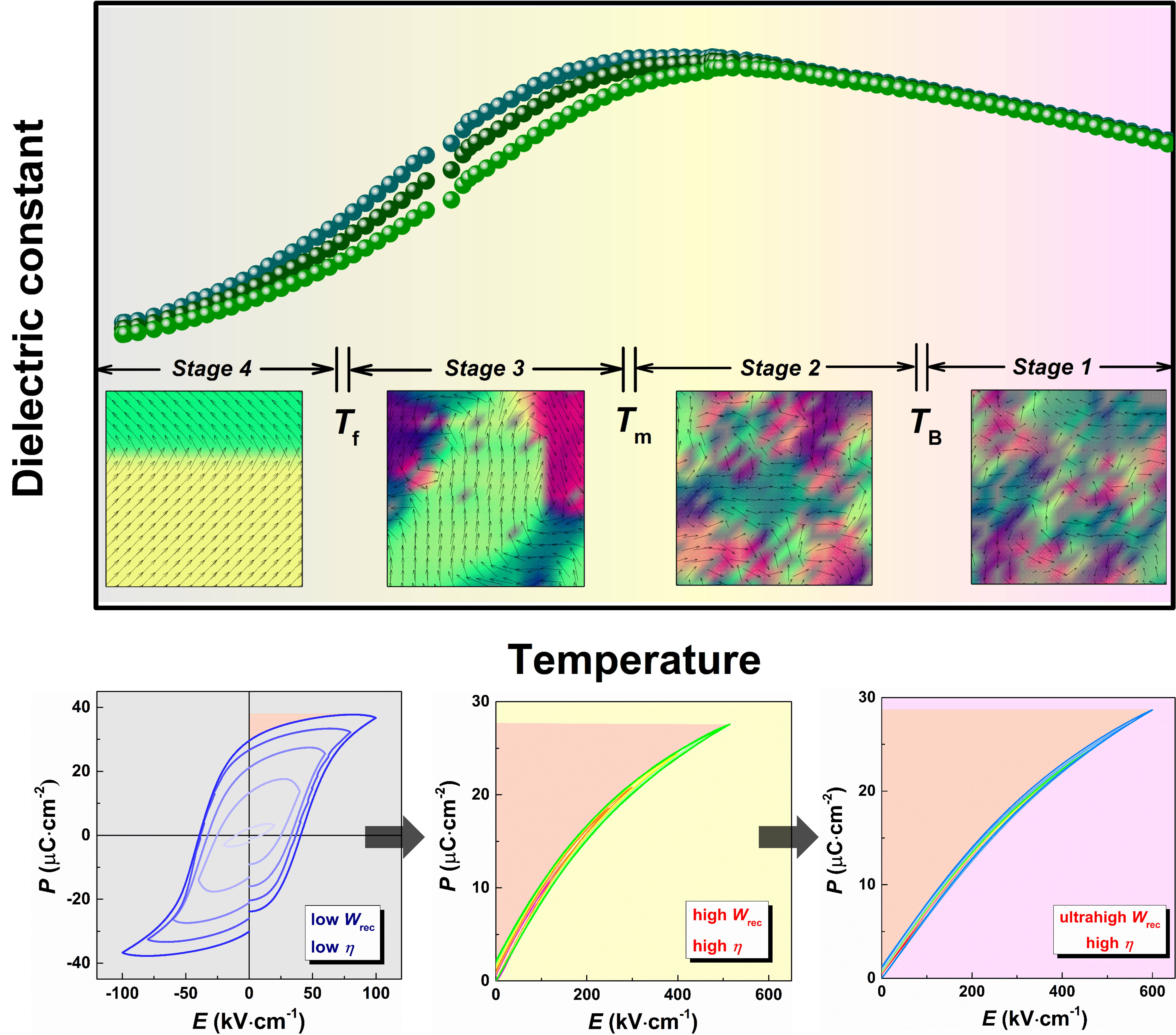
In (K, Na) NbO3, guided by phase field simulation, the specific temperature zone of the ferroelectric ceramic is driven to room temperature to induce the generation of polar nano-microregions, and then the combined optimization strategy of repeated roller pressing process to further improve the breakdown field strength is significantly improved in the base relaxation ferroelectric ceramic, Wrec=6.7 J·cm-3, η=92%.
DOI: 10.1002/adfm.202111776
DOI: 10.1002/adfm.202111776
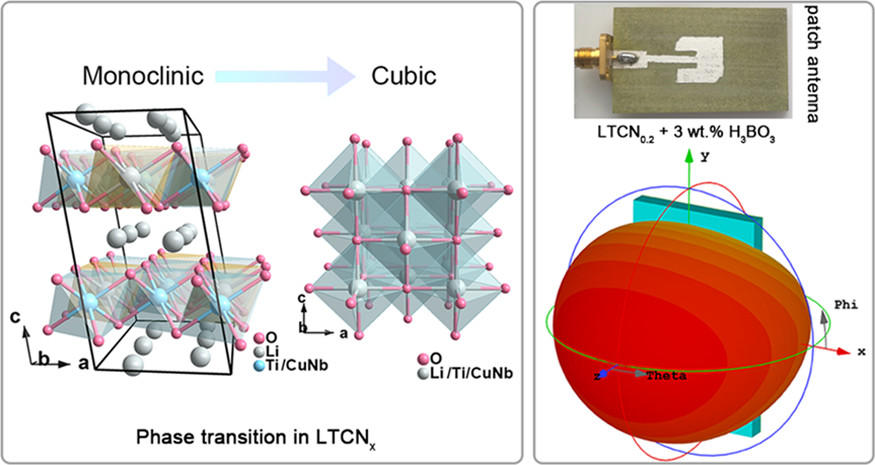
Based on the principle of magnetoelectric collaboration, a series of magnetoelectric composite microwave absorption materials with "thin", "light", "wide" and "strong" are designed and prepared, which could solve the intrinsic problem of insufficient performance of a single component, systematically optimize the composite mode of magnetic components and dielectric components and establish a way to accurately regulate heterogeneous interfaces. The data-driven research paradigm is introduced to guide the theoretical model of "microscopic morphology - electromagnetic parameters - absorption performance", and the microscopic mechanism of the electromagnetoelectric composite absorbing material is thus constructed by combining the use of advanced characterization methods to reveal its microscopic mechanism from the atomic structure.
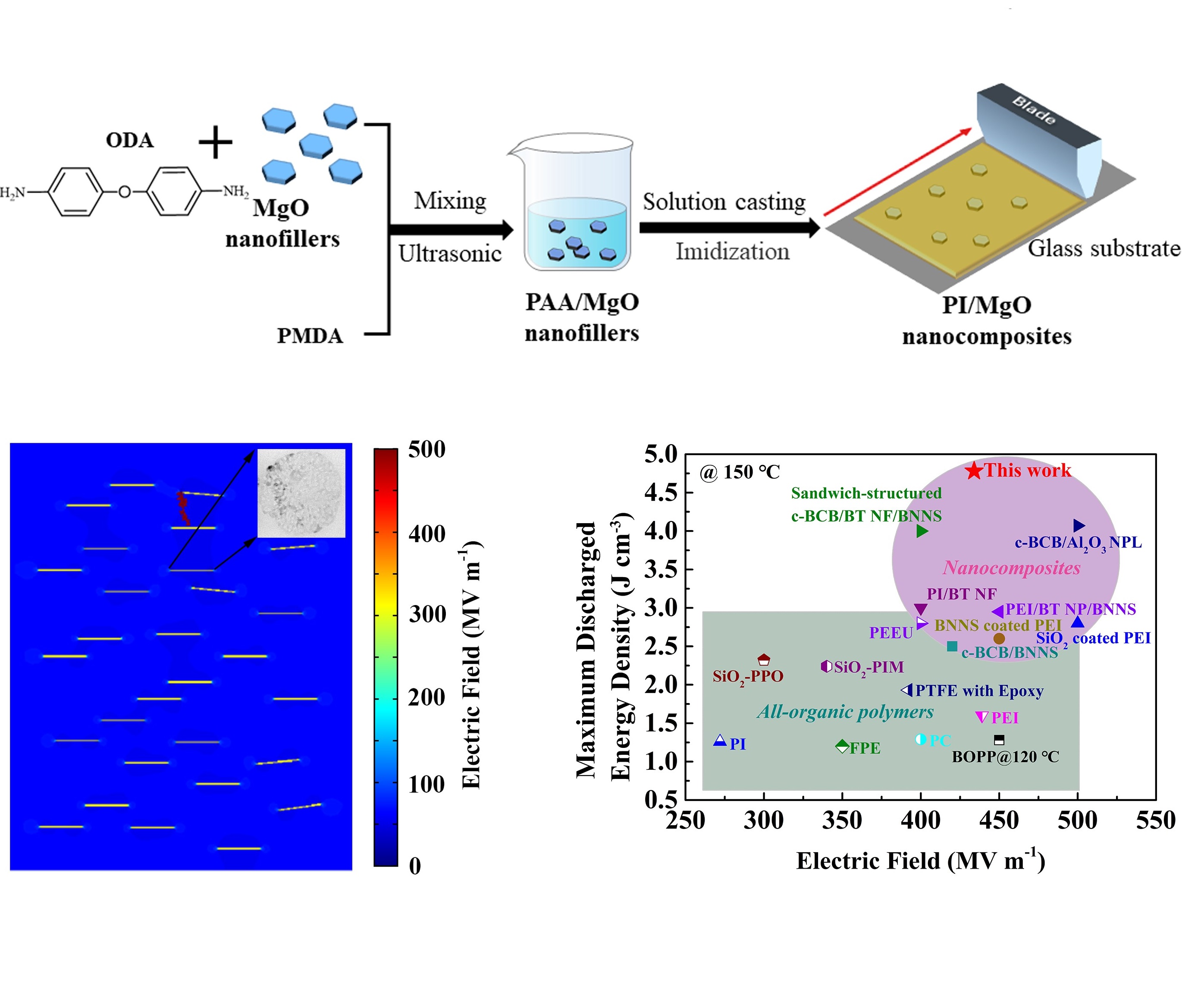
PI/MgO nanocomposites were prepared by in situ polymerization and casting method, and the breakdown mechanism of PI/MgO composites was simulated and analyzed by finite element method, and the discharge energy density obtained at 150°C was 4.78 J/cm3 at ultra-low packing content, which was significantly better than most reported dielectric polymers and nanocomposites.
DOI: 10.1002/adfm.202204155.
DOI: 10.1002/adfm.202204155.
Published Papers
Resources
Group News
Contact us
Professor ZHOU Di
School of Electronic Science and Engineering, Xi'an Jiaotong University
Vice Dean of School of Electronic Science and Engineering/Secretary of the Party Branch of Electronic Materials / Deputy Director of the Key Laboratory of Multifunctional Materials and Structures, Ministry of Education
Address:Room 309, West 6th Floor, Qujiang Campus, Xi'an Jiaotong University
Room 3075, No. 4 Giant Structure, Innovation Harbor Campus
TEL: +86-029-83395679
E-mail: zhoudi1220@xjtu.edu.cn;zhoudi1220@gmail.com




